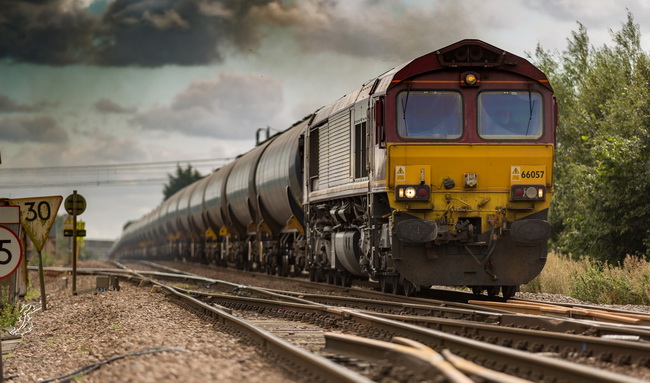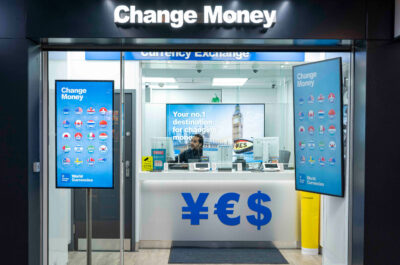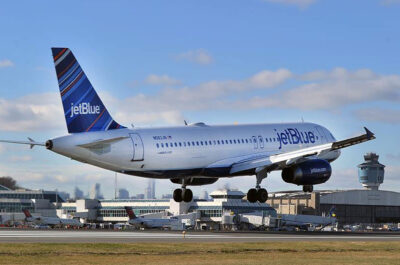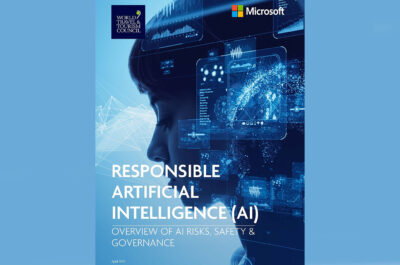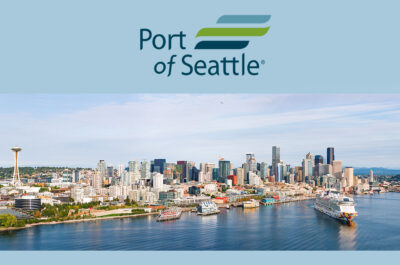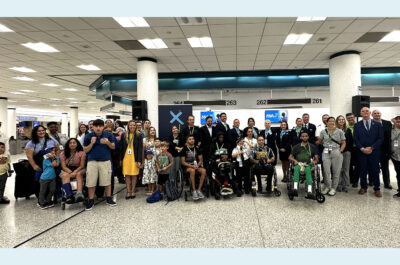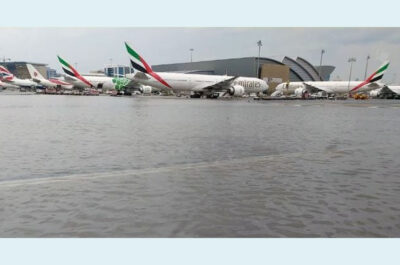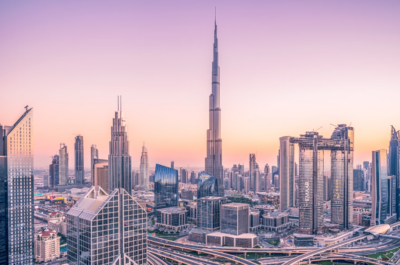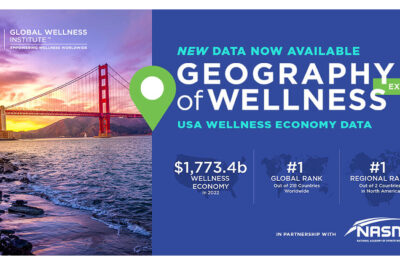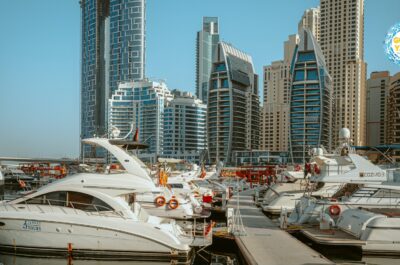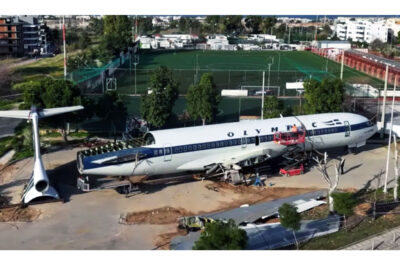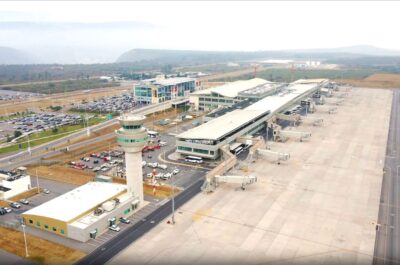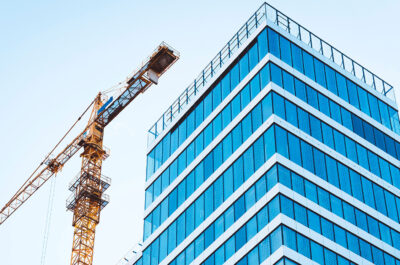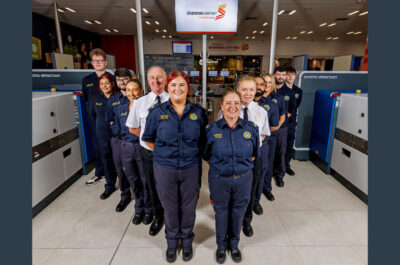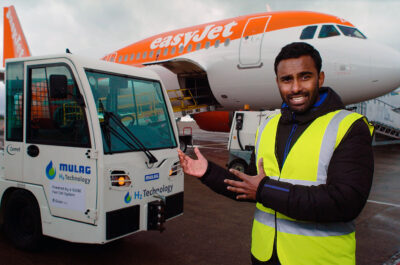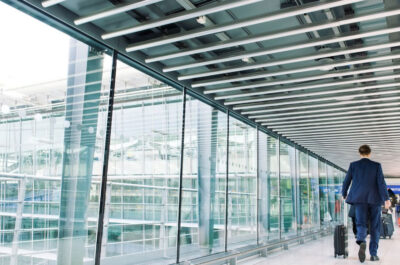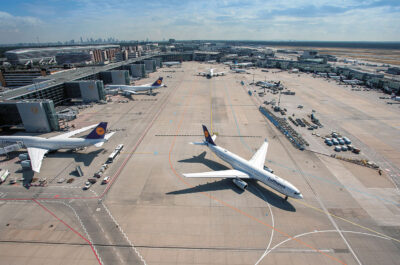There has been an upturn in domestic travel with people deciding to stay closer to home and discover the attractions that are on their doorstep. While fewer of us are now flying, we are still using ground transportation like trains, buses and taxis to get around.
2020 saw the COVID-19 pandemic take over the world. Since March, governments around the world have begun implementing lockdown measures, introducing international travel restrictions and encouraging people to stay at home if they weren’t employed in industries deemed to be essential services. This is, in turn, had dire impacts by bringing economies to a standstill and making the future incredibly uncertain for so many.
A few months on, countries are beginning to ease lockdown measures in an attempt to revitalise economies and help citizens get back to normal. However, this by no means has meant that COVID-19 has gone away, it still continues to be a risk in our daily lives and have far-reaching impacts that are likely to be felt for years to come.
Although international borders are opening, travel regulations are unclear and forever changing, so it's understandable that many people are reluctant to take an overseas holiday this year. In response to this, there has been an upturn in domestic travel with people deciding to stay closer to home and discover the attractions that are on their doorstep. While fewer of us are now flying, we are still using ground transportation like trains, buses and taxis to get around. Although using shared modes of transportation does increase the risk of virus transmission, there are a number of safety measures we ourselves can implement in our daily lives to ensure we stay safe while traveling on public transportation in this age of COVID-19.
Wearing a mask and using hand sanitizer
Let’s begin by stating the obvious. Wearing a mask is imperative when travelling in confined spaces to prevent the spread of the virus. In some cities, it is now mandatory to wear a face mask and travelers can be fined if they are caught ignoring the rule. Using hand sanitizer is another wise move, especially when you consider the number of people who are potentially touching surfaces aboard buses, trains and taxis.
Social distancing
Despite passenger density management solutions implemented on public transport in some places, buses and trains do have the potential to become crowded at times. So it is important for passengers to take responsibility for social distancing too. This can be done by sitting or standing at least 1.5 meters away from other passengers onboard public transportation.
Modifying travel routes and avoiding busier periods
Another good way to ensure good social distancing is by putting a bit of forethought into planning your journeys. If a route is generally quite busy, try to find an alternative. Likewise, avoid rush hour periods where it will inevitably be more difficult to maintain the adequate distance between passengers.
Making use of contactless technology
When possible, avoid exchanging cash when purchasing tickets for public transportation. Buy tickets online or using an app, if those options are available. Alternatively, use contactless card payments to make your transactions.
Remember that there are risks beyond COVID-19
Finally, it’s important to put risks into perspective and realize that while COVID-19 may be at the forefront of our minds, there are plenty of other risks involved when using public transportation.
Negligence on the part of passengers, overcrowding or simply rushing to get on board a vehicle has as much potential to cause damage as this pandemic. Of course, just like with the precautions we’ve discussed, these other risks too can be mitigated by exercising a little caution. However, there are instances when accidents and injury can be caused by no fault of one’s own. If you do find yourself the victim of such an incident, it is important that you seek legal advice from a local expert in the field such as Texas train accident attorneys.
It’s a strange time in our history right now and things are changing at a rapid rate, especially when it comes to travel and transportation. Whether it’s the spread of COVID-19, crime on board public transportation or accidents caused by no fault of the passenger such as derailing, there are inherent risks that come when using public transportation to get around. That said, we can’t let fear rule our lives, so just take the safety precautions you can and continue to enjoy life and travel as much as possible. Good luck and stay safe.
Photo by Ankush Minda on Unsplash












